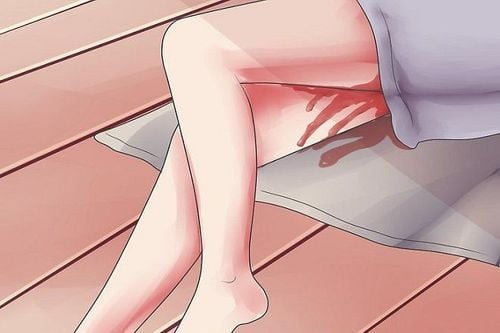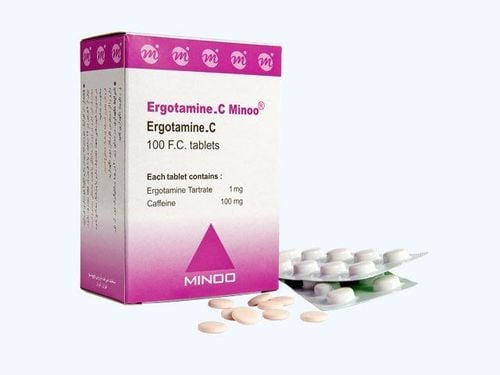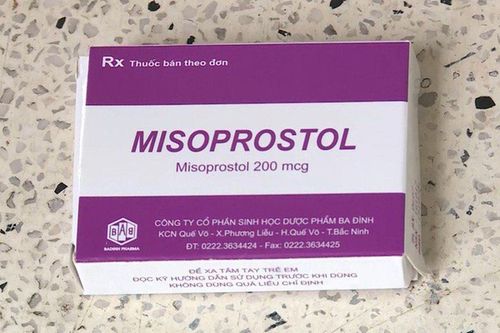This is an automatically translated article.
The article was professionally consulted by Specialist Doctor I Le Thi Phuong - Department of Obstetrics and Gynecology - Vinmec Ha Long International Hospital.Postpartum haemorrhage is considered one of the common complications in obstetrics and is extremely dangerous. It can take a woman's life at any time. Therefore, the management of postpartum hemorrhage must be quick and timely to best protect the health and life of the mother.
1. Causes of postpartum hemorrhage
Uterine laxity Uterine inactivity is the most common cause of postpartum haemorrhage. There are many causes leading to this condition such as: poor quality of uterus, overstretched uterus, prolonged labor, infection of amniotic fluid, maternal weakness, anemia.
Abnormal placenta The area of the placenta is too large, when it comes off, it will cause bleeding as much as in placental edema. Placental adhesion abnormal phenomenon: Placenta previa and low placenta ... lead to heavy bleeding.
Injury to the cervix Tear or rupture of the cervix is common in cases of vaginal birth. However, this phenomenon occurs more often in cases of difficult birth or surgical intervention.
Coagulation disorders This phenomenon often occurs in cases such as: placental abruption, stillbirth, amniotic fluid occlusion, infection... Depending on the degree of blood loss and resuscitation, hemostasis is effective. extreme or not. Hemorrhage can cause dangerous complications such as thrombophlebitis, Sheehan's syndrome or even the inability to have children in the event of a hysterectomy.
2. Signs of postpartum hemorrhage

When you have postpartum hemorrhage, the amount of blood that comes out can be more or less, with the shape of clotted blood or thin blood. Blood pooling in the uterine cavity causes the uterus to increase in volume. The fundus of the uterus rises gradually and becomes enlarged horizontally and is flaccid. The mother will not see the safety sphere on the scapula. Depending on the amount of blood lost, postpartum women may experience low blood pressure, pale face, dizziness, sweating, heart palpitations...
3. Ways to deal with postpartum haemorrhage

3.1 Postpartum haemorrhage due to the mother's "birth" The doctor will quickly remove the placenta and control the uterus right after the pregnancy to make a diagnosis. Treatment follows the principle of parallel conduct between hemostasis and resuscitation. Then, the doctor will quickly stitch the perineum, vulva, vagina, and cervix.
3.2 Postpartum haemorrhage due to residual placenta Analgesia must be administered and the uterus re-examined immediately. When examining the uterus, it is necessary to remove all remaining vegetables and membranes, all blood clots and thin blood in the uterine cavity. Inject 5 to 10 units of oxytocin or ergometrin 0.2 mg intramuscularly. For systemic antibiotics: Amoxicillin 250mg x 4 tablets/day x 7 days. Continue monitoring pulse, blood pressure, bleeding status and uterine contractions. If the pregnant woman is in shock, she must resuscitate with fluids, blood transfusion if acute anemia. Continue to monitor pulse, blood pressure, bleeding, and uterine contractions. If there is still blood, give oxytocin intravenously or intramuscularly. It is possible, when necessary, to re-examine the uterus.
Please dial HOTLINE for more information or register for an appointment HERE. Download MyVinmec app to make appointments faster and to manage your bookings easily.














